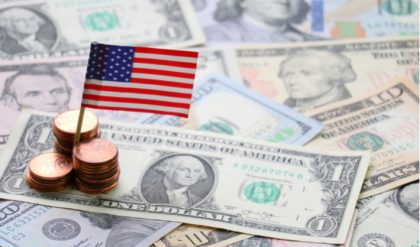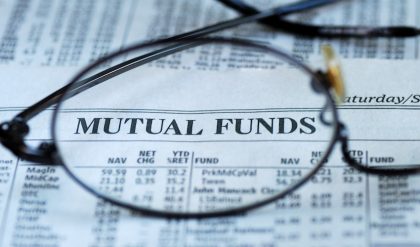The economic environment may take a variety of forms. The principal form relevant to our discussion is some sort of market. The market itself could be represented in a number of ways: obviously it consists of a collection of other economic actors, but in order to complete its description as the economic environment we need to specify the ìrules of the game.îThe rules of the game could refer literally to a game (see chapter 10) but, even in models where game theory makes no formal appearance, the assumptions about the forms of action and interaction that are admissible in the model are crucial in specifying clearly how a model is supposed to work and what it can tell us about human behaviour. This can be illustrated even without using a formal model. We could imagine three levels of interaction of an individual economic agent with the environment, in ascending order of complexity:
Agents may just accept the economic environment like we accept the weather. Just as you cannot change the weather so no agent is large or ináuential enough to manipulate the economic environment, so the argument goes. Maybe agents do not have to accept the economic environment as a given. Just as some human activities may indeed be big enough to a§ect the weather ñso some agentsíeconomic activities may big enough to ináuence the market price of a product. However, interaction with the environmentis limited: even if you can change the weather it doesnít try to anticipate your actions A third view is that the environment in which agents operate is not like the weather at all. Everyone has to take into consideration the explicit interaction with everyone else. This interaction will include possible anticipation by one agent of what another agent may do. Which view of the environment is appropriate clearly depends on the type of microeconomic model and its purpose.
Assumptions and axioms
Some of the basic ideas about the elements of a model ñthe nature of preferences, the structure of organisations, the physical nature of production possibilities ñ have to be modelled from scratch. The free hand enjoyed by the model-builder should be used in a way that well represents the modellerís craft. The principal way that this craft is exercised in scratch modelling is known as the axiomatic method. Axioms are just formally stated assumptions. They cannot be right or wrong, although they could be woefully inappropriate, judged by the purpose of the economic model. What is the purpose of this formalisation? Axioms can help us: carefully develop the áow of an argument, concentrate on the individual components of key results, debug a wonky theory. But they can never substitute for clear thinking about the purpose and essential functioning of the parent model and about the rÙle of the speciÖc model components for which axioms are to be introduced.
Testingî a model
What is the criterion of ìrelevanceî of an economic model? Clearly it is advantageous if the predictions of the model do not immediately fall over when confronted with facts. However, this does not mean that all features of a model should be or could be subjected to rigorous empirical test. The standard methods of quantitative investigation can reveal a lot about the detail of agentsí behavioural responses to the market environment and yet miss the central point of a model. In some cases, what may be more promising is to turn this connection between theory and empirics around; if the theory predicts a certain pattern of behaviour by economic agents then use the theoretical predictions as restrictions on relevant econometric models in order to provide more useful estimates.
Testing a the quality of a theoretical model is a more subtle process than just confronting it with empirical testing. The modelís quality also depends on such factors as simplicity of form, clarity of prediction and the absence of ìblind-alleyî assumptions (those that leave you with nowhere to go when you try to relax them).
Equilibrium analysis
The importance of economic equilibrium in understanding and applying economic principles cannot be overstated. An equilibrium can be regarded as an artiÖcial construct that allows one to examine the properties of the model in a situation where every agentsíchoices and activities are consistent with each other and no agent would have an incentive to change its choices or activities. We can visualise an equilibrium as a posed picture of how a particular piece of the economic mechanism works.





